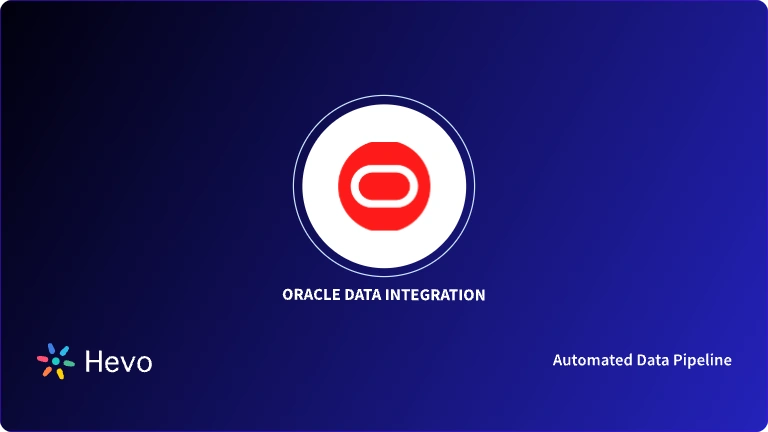Innovation is the keyword when it comes to data integration. Things are constantly evolving, and part of being in the industry is keeping up with the trends.
Businesses that innovate and follow current trends always have the edge over others that don’t, so it’s important to keep abreast of possible changes and maintain your business on the top.
According to a survey by Verified Market Research, the data integration market size is expected to reach $22.28 billion by 2027 at a CAGR of 13.88%.
This market is primarily composed of healthcare, banking, manufacturing, and retail industries. Moreover, the top players of the global data integration market are Microsoft, Cisco, and Oracle.
Table of Contents
What’s Data Integration?
Data integration is defined as a process that allows data coming from different sources to be viewed together. There are many ways to integrate data, and each company’s needs may be different from one another. Thus, what works for one company may not work for the other and vice versa.
Explore the latest AI trends and discover how they are transforming the field of data science with our comprehensive guide.
Emerging Trends in the Industry
As discussed above, trends emerge all the time in the data integration market. And it’s not surprising in an industry where everyone is consistently trying to innovate and improve. Below are some of the top trends for the data integration industry.
- Artificial Intelligence and Integration
- Real-Time Data Integration
- Diversification
- Large Data Platforms
- Data Security
- Push for Customer Experiences
1. Artificial Intelligence and Integration
Data integration, for the most part, necessitates the use of manpower. People are needed to set up, operate, and tinker with the systems. Without manpower, data integration wouldn’t simply be possible. One interesting trend that’s emerging, however, is the use of artificial intelligence in data integration.
AI is useful in providing insight and analyzing data. This technology is especially helpful for companies dealing with large amounts of data and information. Moreover, AI improves a business’ manpower because it allows your workers to focus on more important tasks like making sure your systems run smoothly.
The AI development isn’t to say, however, that manpower will be eliminated entirely from the data integration market. There are still plenty of roles for people to fulfill, such as supervisory and governance roles. In fact, it’s probably a long way before AI fully takes over data integration.
2. Real-Time Data Integration
With the rise of high-speed connections like 5G and various ERP software systems, it’s now possible to integrate data in real-time, even larger ones. This update is essential for industries that need to collect and deliver information as they happen, and of which a matter of minutes could spell the difference between success and failure.
Even smaller industries might benefit from this as it would save time and manpower. Real-time data integration is also important for businesses catering to customers worldwide with different locations and time zones.
3. Diversification
With the sheer amount of platforms available online, one of the constant challenges has been to collate and integrate data into something easily accessible and understandable. Thanks to the emerging data integration trends, it’s no longer impossible to integrate data from different sources and platforms.
In fact, many data integration tools and techniques actively consolidate information from diverse platforms. If this trend continues, we might see data integrated easily despite being located on different resources.
4. Large Data Platforms
Another trend that has been rising lately is the emergence of “data lakes” or platforms that boast large amounts of data at their fingertips. These sites can be valuable for businesses storing large amounts of data and information.
Just imagine, if the data from these so-called “data lakes” were integrated into consumer systems, companies would have incredible information on hand.
They can easily identify patterns, predict trends, and even manipulate data to their advantage. Moreso, having access to large data platforms also means having access to a larger customer database.
5. Data Security
With all the confidential data at your disposal, it’s important to keep them safe. As per a report by PurpleSec, 63% of successful data breach attacks come from internal sources, either errors, control or fraud. This can be alarming not only to company owners but also to your consumers.
In addition to compromising your business plans and interests, it will also be a massive blow in your organization’s user confidence if your data was found to be not safe. Therefore, the increasing trend in data security is just essential and concurrent with the large amounts of data being dealt with.
6. Push for Customer Experiences
Aside from prioritizing a better experience for companies belonging to the data integration market, there’s also a push towards delivering a context-driven support experience for customers.
When customers have better experiences, they’re more likely to share their personal information and suggestions with the industry. On the other hand, a traumatic experience might lead consumers to be more secretive and careful about their personal identity. Hence, it’s important to make customers trust the data integration market because it will lead them to what they need most—more data and enhanced security.
Data Integration Trends
- AI & Automation – Businesses are using AI-driven data integration tools to automate workflows and reduce manual effort.
- Real-Time Data Processing – More organizations are shifting to real-time data integration for faster insights and decision-making.
- Cloud-Native Solutions – Companies are adopting cloud-based integration platforms for scalability and flexibility.
- Data Mesh & Decentralization – A growing trend toward decentralized data ownership improves accessibility and collaboration.
- Stronger Data Security – Enhanced encryption and compliance measures are ensuring safer data transfers and storage.





